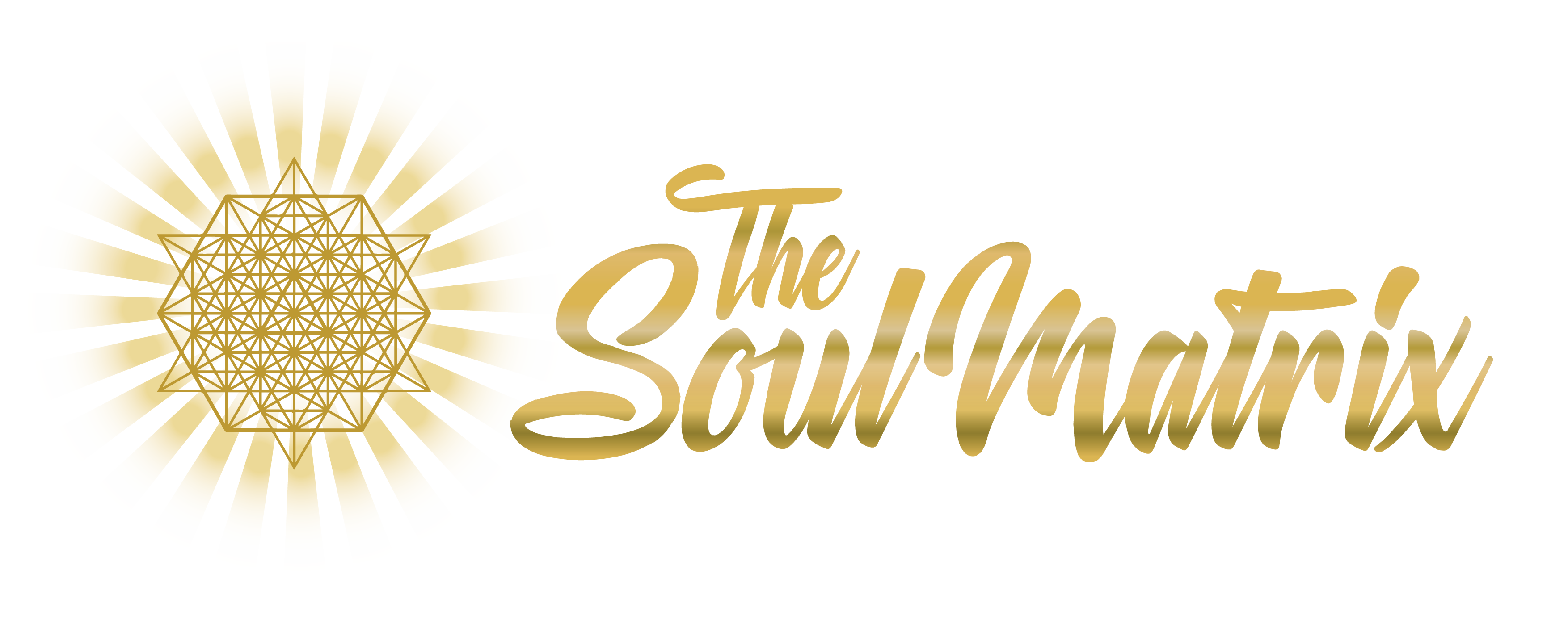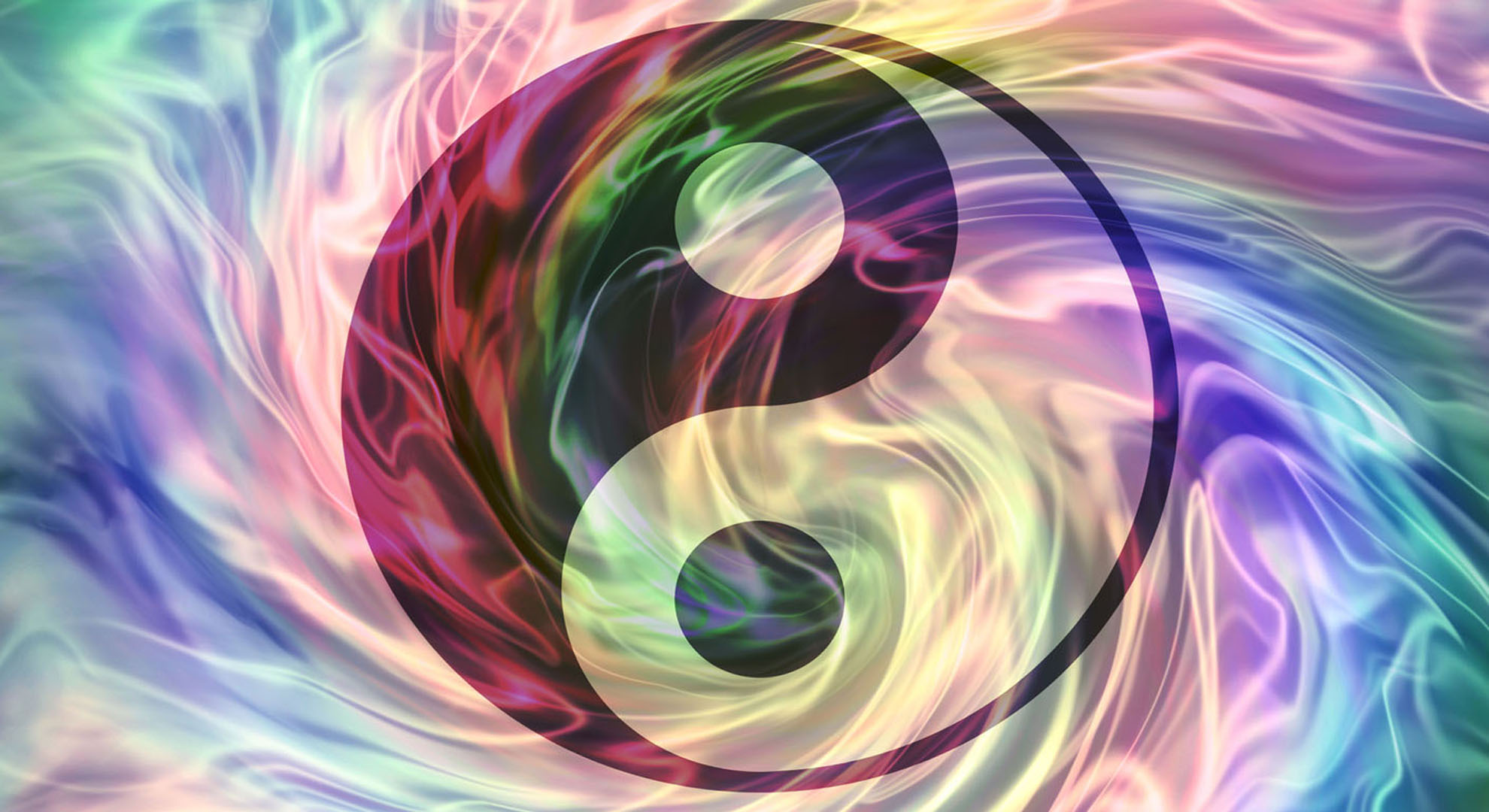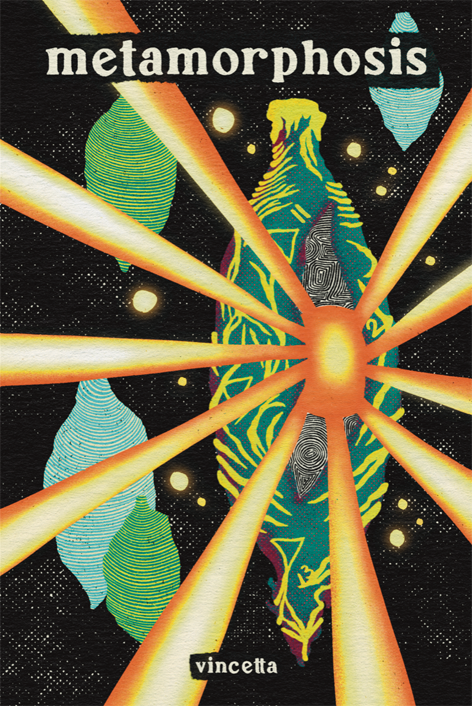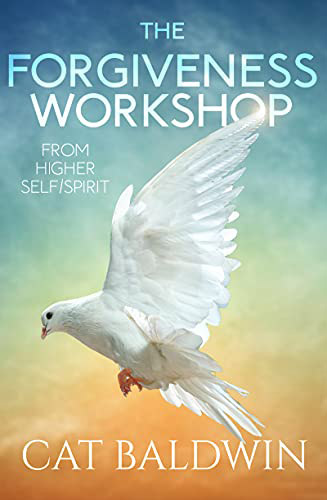This offering includes two exercises at the end to assist you in embracing dark and light shadow aspects.
Introduction…
The concept of the shadow began with Carl Jung who saw this work as important for anyone on the path of individuation. Individuation could also be another word for waking up in the sleepy world. Jung saw the shadow as containing both light and dark shadow energies. What this means is that the shadow contains not just seemingly destructive aspects of the personality, but also potent, creative, and powerful gifts and capabilities.
This ascension news offering came about because of a comment on my recent transmission called Angelic and Star Races Support. The comment was about whether this track was “…harmful to the shadow self? Because I do not want her harmed in any way or the connection to my natural darkness.” So, it seemed that this was a nudge from the Universe to speak about the important topic of shadow selves.
Shadow Stories…
The Strange Case of Dr. Jekyll and Mr. Hyde is a story written by Robert Louise Stephenson that in some ways appears to be the archetypal shadow story. In the story Dr. Jekyll represents the respectable part of one’s personality, and Mr. Hyde, is his dark shadow. In the story Hyde begins to take over the personality and as a result wreaks havoc on his life. This story highlights the fear we have about the dark portions of our shadow. That if we do not keep it suppressed it will take over our life and destroy or ruin us. This connection is very Freudian since Freud, believed the unconscious mind was a repository for socially unacceptable ideas, wishes or desires, traumatic memories, and painful emotions put out of mind by the mechanism of psychological repression.
For me there is a better story that highlights what the shadow is really about. This story comes from that wonderful book Embracing Ourselves by Hal and Sidra Stone.
Once upon a time there was a tigress who was about to give birth. One day when she was out hunting she came upon a herd of goats. She gave chase and, even in her condition, managed to kill one of them. But the stress of the chase forced her into labour, and she died as she gave birth to a male cub. The goats, who had run away, returned when they sensed that the danger was over. Approaching the dead tigress, they discovered her new-born cub and adopted him into their herd. The tiger cub grew up among the goats believing he, too, was a goat. All went well until the day that an older tiger approached the goat herd and attacked and killed one of the goats. The rest of the goats ran away as soon as they saw the old tiger, but our little tiger who believed he was a goat saw no reason to run away, of course, for he sensed no danger. Although the old tiger was a veteran of many hunts, he had never in his life been as shocked as he was when he confronted the young tiger. He did not know what to make of this full-grown tiger who smelled like a goat, bleated like a goat, and in every other way acted like a goat. The old tiger grabbed the young one by the scruff of the neck, dragged him to a nearby creek, and showed him his reflection in the water. But the young tiger was unimpressed with his own reflection; it meant nothing to him and he failed to see his similarity to the old tiger. Frustrated by this lack of comprehension, the old tiger dragged the young one back to the place where he had made his kill. There forced the young tiger to take a bite from the dead goat. When he finished chewing, the young tiger stretched, and then, for the first time in his young life, he let out a powerful roar—the roar of the jungle cat. Then the two tigers disappeared together into the forest.
This story highlights the problem where our nature is like that of the young tiger and we are raised in a culture and family to think, feel, see and behave like a goat. When our authentic self is hidden beneath layers of conditioning then we will not be fully ourselves until something or someone comes along to wake us up. Our shadow selves are not dark, evil, or dangerous. They are parts of us that were not welcomed in the reality we were growing up and so we learnt to ditch them. These parts fled deep into our unconscious minds where they continued to remain until something shifted that allowed then to reintegrate with the personality.
The Shadow is Our Friend…
The shadow is a container for all the aspects we have rejected while growing up. For instance, we may have been raised to be a good boy or girl and encouraged to be nice and pleasing. Any hint of being too outspoken or loud or rebellious may have been punished. At a certain point the pleaser became a primary self and anything that ran counter to this way of being was rejected and lost over time. If you were raised in a very pushy family where you were encouraged to achieve then being too laid back, or chilled would have been labelled as lazy and therefore the achiever became a primary self. Perhaps you grew up in a very critical family and you learnt to survive by being critical and judgemental back. Then being too caring or loving would not really have felt that safe and so would be rejected and sent away as a shadow self.
Shadow selves are disowned because they are rejected in the family or even considered dangerous. We can grow up afraid of our perceived darkness, wildness or weirdness. We can also grow up afraid of our light, our gifts, our radiance. In my family proper and normal were the values pushed and anything weird was frowned upon. I disowned my inner ‘weirdness’ for 20 years and it caused depression and unhappiness until I started liberating myself and embracing my inner weirdness in my thirties.
Religion, Culture and Education…
Religion has long created shadow selves in the psyche. It is common in the developed world to disown selves containing anything overtly sexual and also strong emotions such as anger. Some contemporary spiritual systems encourage a banishing of certain ego parts where the entire ego is deemed bad and working against our light. Any system that demonises the ego, sexuality or strong emotions will tend to create shadow selves.
Different cultures place value on different sub-personalities. Any personality traits and impulses that elicited punishment or criticism would lead us to repress these characteristics. Some cultures such as the US encourage being nice and also independent and achieving. Another culture such as a Middle Eastern country may not encourage independence, free thinking in the same way. Rather they tend to encourage putting the family before everything else. This is how culture shapes our personality and our shadow selves.
Education also tends to creates primary and shadow selves. Any aspect that was encouraged and praised through school or university would tend to become a primary self meaning it would become who we think we actually are. In the Western world primary selves would tend to include pleasing, achieving, perfectionism, critiquing, being overly responsible, and overly logical/rational. As adults some parts will tend to get disowned such as the inner child, inner adolescent, the rebel, the hippy, the drop-out, the lounge-lizard, the messy-creative self, the loud self, and so on. Certain gifts will also be disowned such as the imaginative self, the intuitive self, the visionary self, the clairvoyant self and so on. Of course, it is hard to completely generalise because some individuals may embrace these as primary self. Mostly, in the developed world we are encouraged to fit in and succeed and disown our innate aggressive impulses, anything we consider shameful, immoral, irrational, fearful or taboo is tossed into the shadows of the deep unconscious.
The Gifts of the Shadow…
The shadow often contains our gifts and talents which were banished because they are not wanted or valued in the family. One young woman grew up in a family that valued academic achievement. This was a rational and heady family. The parents were academic and the son was also. The daughter was not naturally academic and was more heart centred, emotional and creative in nature. This was not something the family really encouraged and when her art teacher came to visit the parents saying their daughter was exceptionally gifted the parents rejected this and strongly encouraged their daughter to choose a more left-brain academic path. During this process she lost touch with her creative self and later when she began to wake up reject the career path she was on it was her process to reclaim this creative self. This is a path she is still on since the force of rejection from her family of this part was so strong.
Shadow selves are banished into the unconscious until that time it feels safe for them to return. This process can happen during any personal exploration therapy or method. It can also happen when we start to spiritually awaken. Shadow work is any process that welcomes shadow selves back into the fold of the personality. This is the path to wholeness and this is also one way of upgrading the ego. We make conscious that which has been only unconscious. Ego parts begin to cooperate rather than be at war with each other.
Shadow work is important because in order to change the world, we must first work on changing ourselves. The more that individuals are called to look within the more others will be encouraged to do the same. Many are doing the work of inner transformation. The solution to all the problems in the world exists within the realm of consciousness. Many conflicts will end as individuals embrace their own shadows instead of attacking the perceived enemy or darkness in the world. As we shift who we are being and becoming in the world then we light a candle for love, truth, and integrity. As we do the work we help to shift all those we come in contact with to a higher consciousness.
This Work is for Spiritual Warriors…
Shadow work is not for the faint of heart, it is for spiritual warriors. The gifts of this work are many since along with the returning shadow parts comes many gifts and treasures. Shadow work can allow for a greater sense of vitality, wholeness, and lost soul qualities. The work also allows for a greater flexibility and fluidity in the overall personality as the war between the so called ‘good’ and ‘bad’ selves end.
Knowing the shadow requires a self-reflective mindset—the ability to reflect and observe our thoughts, feelings, and behaviours. Self-honesty and integrity are also important since we need to be willing to see aspects of ourselves that we have judged as unpleasant or even dangerous.
Exercises…
Carl Jung once said, “Everything that irritates us about others can lead us to an understanding of ourselves.” Signs of having shadow selves hiding out in the unconscious are judging others harshly. In magical circles there is a saying that for every finger pointing in judgement at another three fingers point back to the self. Similarly, being angry with certain groups of people, whether those who are wealthy, poor, powerful, victims or a certain sexual orientation or race. The world is our mirror and where we are angry or judgemental with anyone or anything external then this reflects an internal force that will not allow this energy to arise in any shape or form within ourselves. The same process is at work when we idolise another, we are projecting our disowned brilliance onto them. This is something that happens quite a bit with the celebrity scene. Projection is a huge clue to the types of energies being repressed within a person.
The easiest way to begin this work is to look into the mirror of your reality. There, in your reality, are many reflections of both the dark and light shadow. Let’s do two simple exercises that begin to reveal the shadow selves. The first explores the dark shadow. Whatever bothers you or makes you feel very uncomfortable in another is likely to reflect a disowned part within yourself.
Bring to mind a judgement you have about a certain group of people, perhaps aggressive or loud, or dictatorial, or messy, or lazy. Notice how strong you hold this judgement. This judgement reflects a judgement on a part of yourself. Some aspect that you have banished into your unconscious. Just breath with this for a moment.
The second exercise explores the light shadow.
Bring to mind someone who you totally idolise. Someone whose gifts and talents and abilities you totally admire or feel attracted to. What is the essence of their gifts rather than the form? For instance, they may be someone you know or they may be an actor, author, dancer, painter, or a singer or some other celebrity figure. The form is not important what is important are the qualities you see or feel in them. Perhaps they radiate a sense of creative self-expression, or freedom, or charismatic charm, or love, or sexuality. These are qualities that are repressed in yourself seeking acknowledgement, acceptance and conscious reintegration. Just breath with this for a moment.
Whatever we judge or overly admire tends to be a reflection of our dark and light shadow.
I hope this brief offering is helpful in some way.
Much love. Steve Nobel
Music by…
Soundstripe Inc – Into The Light Caleb Etheridge, instrumental.






4 Responses
Thank you so much Steve! I feel it resonating with my inner wisdom. You helped me a lot by putting it into these words. I listened two times now and feel a deepening within the discovering of my hidden potential. I am so grateful I found you. Much love, Claudia.
Well explained, Steve. I have done a lot of shadow work, but your conversation about what you call the light shadow was ‘illuminating’. Lots more for me to work on! Thank you!
Wow! Steve, thank you so much for introducing this powerful concept / meditation.
A year ago I was told that I may be a starseed of Sirian origin, I’m not sure if I am or not at this point, but following your words, meditations and recommendations has meant that my lifelong journey with chronic depression has significantly changed for the better.
I can’t thank you enough and I hope we will meet someday so I can express my gratitude in person.
That was so helpful thank you so much.